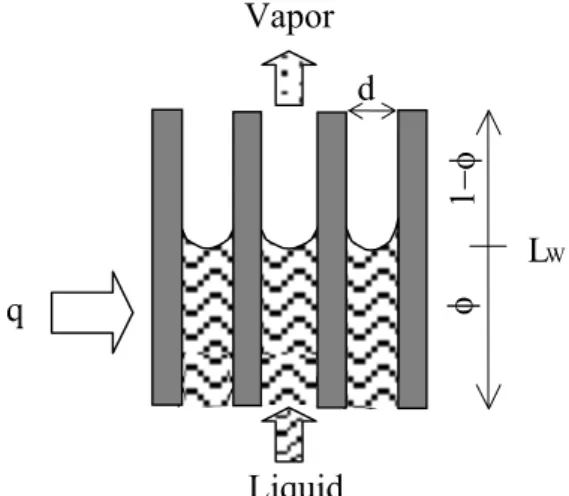Analysis of loop heat pipe performance under varying wick load
Texto
Imagem



Documentos relacionados
Arturo Graf 1848-1913, poeta essencialmente romântico, mas de um romantismo pessimista, cuja primeira fase poética evidencia uma já acentuada sensibilidade decadente e se destaca
One of the main objectives of this study was to associate the influence of run-off and leaching as pathways of pesticide contamination into surrounding water bodies on
Baixar livros de Saúde Coletiva Baixar livros de Serviço Social Baixar livros de Sociologia Baixar livros de Teologia Baixar livros de Trabalho Baixar livros
[27], the absorbing heat flux and releasing heat flux of the fifth endoreversible Carnot heat engine can be obtained by using the heat transfer between the working fluid and
Furthermore, the results from mercury intrusion porosimetry and nitrogen sorption tests showed that a coarser pore structure is produced with the raise of heat-treatment
Experimental and simulation results showed that the thermal performance of nanofluids is higher than that of the base fluid and the heat transfer enhancement increases with
Table 2 shows the heat transfer surface and the estimated values of the global heat transfer coefficient for each exchanger, as well as the estimated mass transfer coefficients
These temperatures were calculated for PVC (thermal effusivity from Table 1) by using experimental data of heat flux. Figure 6a shows that the difference between these